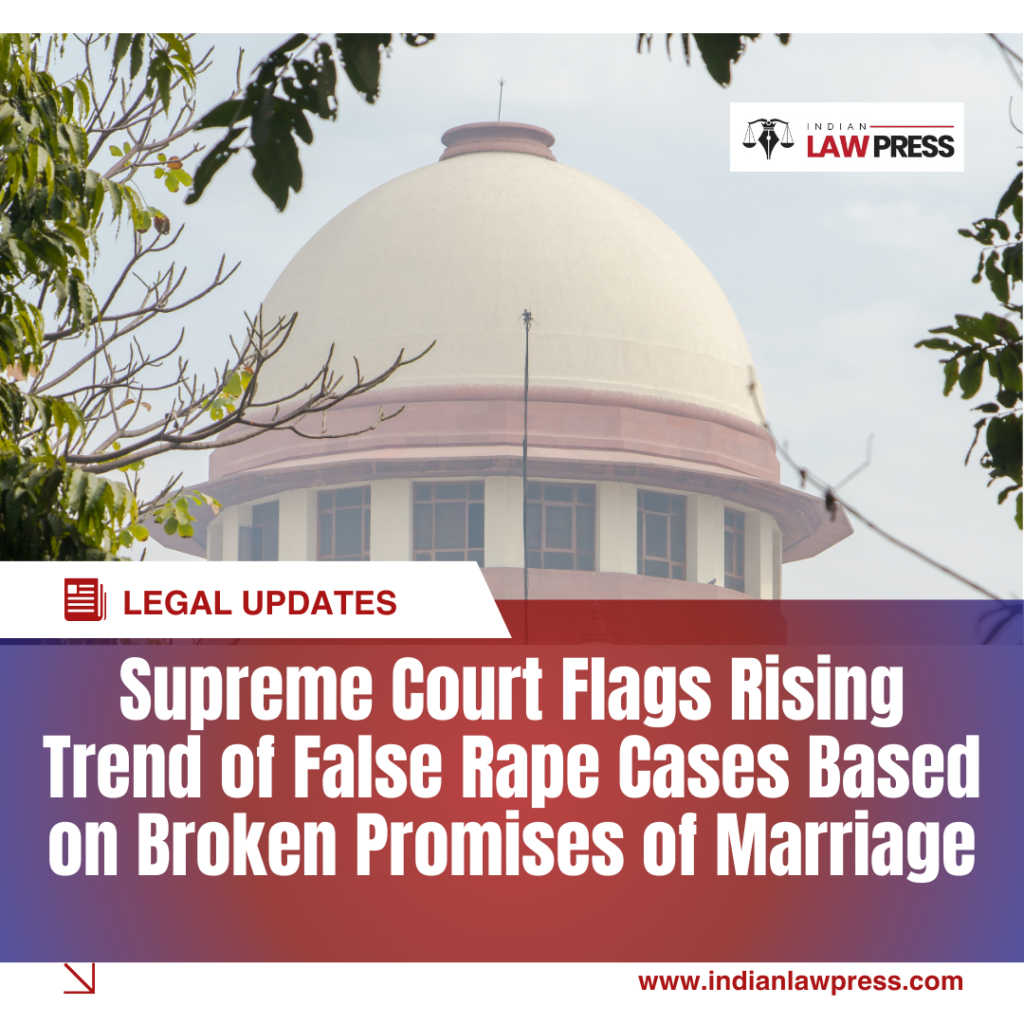The Supreme Court questioned a 17-year-old boy’s alleged suicide in Madhya Pradesh, raising doubts over the use of a rifle for self-inflicted chest injuries. Read about the case, court observations, and legal significance.
Introduction
In a recent hearing, the Supreme Court of India expressed doubts over the possibility of a person shooting themselves in the chest using a rifle. The case, involving the death of a 17-year-old boy from Madhya Pradesh, was initially treated as a suicide. However, the apex court has now called for a deeper probe, raising the question:
Was it really a suicide, or could it be a case of murder?
Supreme Court’s Observations
A bench of Justices Manoj Misra and Ujjal Bhuyan highlighted the unusual nature of the case. The court noted:
“To our understanding, whether a person would be able to use a rifle to shoot himself on the chest needs examination.”
The bench directed the Madhya Pradesh Police to file an affidavit clarifying whether all possible aspects, including the possibility of homicide, were investigated. The court also asked for:
- The autopsy report of the deceased,
- Seizure details,
- The length of the rifle, and
- Other material collected during the investigation.
Background of the Case
The deceased, a 17-year-old, had enrolled in a shotgun training course at an academy in Bhopal. A dispute reportedly arose when Respondent No. 2 accused him of stealing ₹40,000. According to the petitioner, the accused and other students:
- Threatened the boy to admit guilt,
- Confiscated his phone and sent messages in his name,
- Physically assaulted him, and
- Pressurised him, leading to extreme mental stress.
The boy allegedly informed his sister and a friend about his intention to end his life and even left behind a suicide note, blaming fellow academy students including Respondent No. 2.
Legal Proceedings So Far
- An FIR was registered under Section 107 of the Bharatiya Nyaya Sanhita (BNS), about a month after the incident.
- The Sessions Court initially rejected Respondent No. 2’s anticipatory bail plea.
- However, the High Court later granted bail under Section 306 IPC (abetment of suicide).
The petitioner argued that:
- The High Court wrongly considered the deceased to be 18 years old, while he was actually 17.
- This error ignored the graver offence of abetment of suicide of a minor.
- The accused belonged to an influential family and had avoided cooperating with the investigation.
Why the Supreme Court Intervened
The Supreme Court was unconvinced by the assumption that a rifle could be used for self-inflicted chest injuries in a suicide case. By demanding affidavits, medical evidence, and full investigation details, the court aims to ensure that no angle—especially murder—is overlooked.
Case Details
- Case Title: Arun Kumar Raghuwanshi vs. State of Madhya Pradesh & Anr.
- Case No.: SLP (Crl) No. 9053/2025
- Petitioner’s Counsel: AoR Sumeer Sodhi, Varun Tankha, Inder Dev Singh, Vipul Tiwari, Harshit Bari
- Respondents’ Counsel: DAG V.V.V. Pattabhiram, AoR Mrinal Gopal Elker, Gautam Singh, Aditya Chaudhary
Conclusion
The Supreme Court’s intervention reflects its concern for a fair investigation, especially in sensitive cases involving minors and allegations of abetment. Whether the incident was truly a suicide or a case of foul play remains to be determined after further inquiry. The case also highlights the judiciary’s role in questioning investigative gaps and ensuring justice.
🔑 Key Takeaways for Students
- Issue: Whether it is practically possible for a person to shoot themselves in the chest with a rifle.
- Supreme Court’s Stand: Directed Madhya Pradesh Police to investigate further, including the possibility of murder.
- Law Involved: Section 306 IPC (Abetment of Suicide), Section 107 BNS (Abetment provisions).
- Age Factor: Deceased was 17, which attracts stricter provisions for abetment of suicide of a minor.
- Importance: Demonstrates judicial scrutiny in criminal cases, role of forensic/autopsy evidence, and how anticipatory bail can be challenged in higher courts.
Also Read: Supreme Court Says No: Judicial Service Experience Won’t Count as Law Practice





